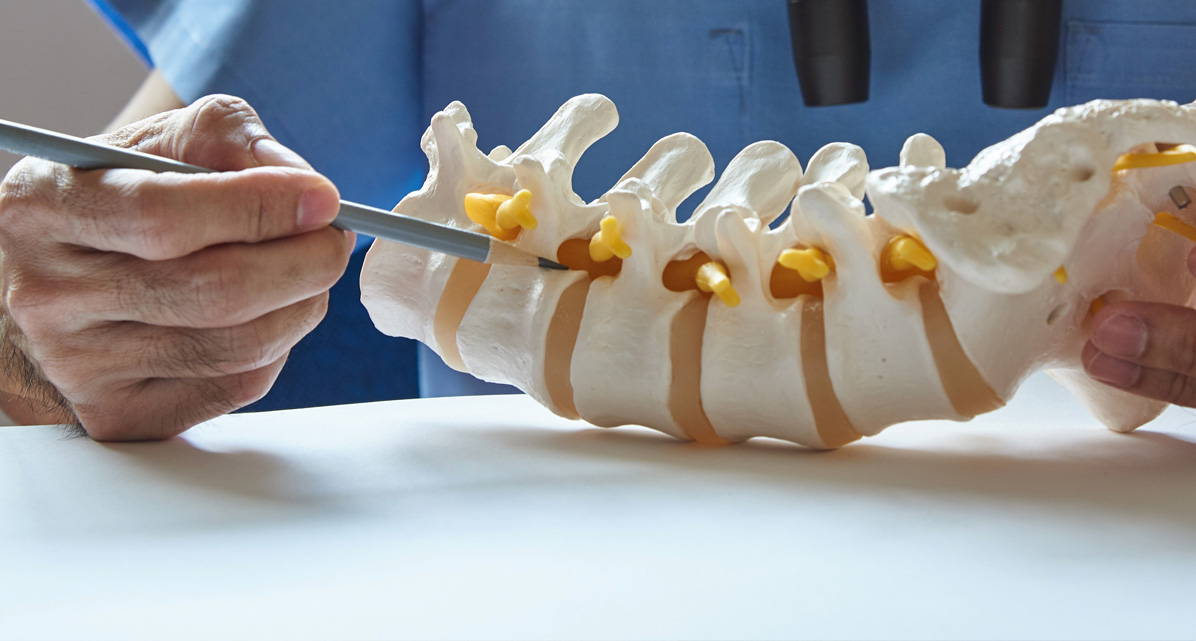Managing Life with Spinal Stenosis
Spinal stenosis is the narrowing of spaces within your spine, which can put pressure on the nerves traveling through the spine. This condition is most commonly caused by wear-and-tear changes in the spine related to osteoarthritis.
Symptoms:
Spinal stenosis often results in pain in the lower back and legs, which may get worse with walking and improve with rest. Numbness, weakness, and tingling in a leg or arm are also common symptoms.
Treatment Options:
Epidural Steroid Injections: For individuals suffering from spinal stenosis, Epidural Steroid Injections (ESIs) are a widely used and highly effective treatment option for managing pain and other symptoms associated with nerve compression. Spinal stenosis, a narrowing of the spaces within your spine, can press on the nerves that travel through the spine, causing significant pain, numbness, or weakness in the legs or arms.
The procedure involves the injection of corticosteroids, along with an anesthetic, directly into the epidural space that surrounds the spinal cord and nerve roots. The corticosteroids act to reduce inflammation and swelling in the spinal canal, thereby easing pressure on the nerves and relieving pain. The addition of an anesthetic provides immediate pain relief, offering a dual approach to managing symptoms.
These injections are particularly beneficial as they can delay, and in some cases, eliminate the need for more invasive surgical procedures. They can provide relief for several months at a time, although the duration of pain relief can vary. Patients might undergo a series of injections spaced over time to maintain symptom relief. This treatment is commonly integrated into a comprehensive treatment plan that includes physical therapy and medication.
Radiofrequency Ablation: Radiofrequency Ablation (RFA) is another treatment modality for pain relief in patients with spinal stenosis. This procedure is typically considered when more conservative treatments, such as physical therapy or medications, have failed to provide adequate symptom relief.
RFA uses radiofrequency energy to disrupt nerve function. During the procedure, an insulated needle is guided by imaging technology to target nerves that are causing pain. A microelectrode is then inserted through the needle to transmit radiofrequency energy. This energy heats the nerve tissues, effectively creating a lesion that interrupts the pain signals being sent to the brain.
The benefits of RFA for spinal stenosis patients include sustained pain relief, improved mobility, and a reduction in the need for pain medications, which can have problematic side effects with long-term use. The results of RFA can last from six months to over a year, and the procedure can be repeated if the pain begins to return as nerve endings regenerate.
If spinal stenosis is affecting your quality of life, don’t hesitate to contact Dr. Goel for a consultation to explore your treatment options.

